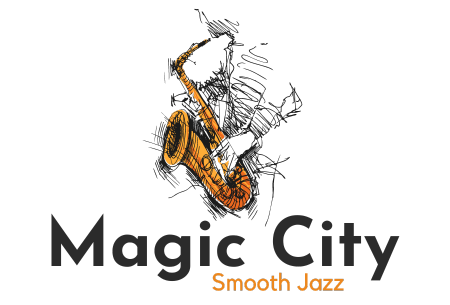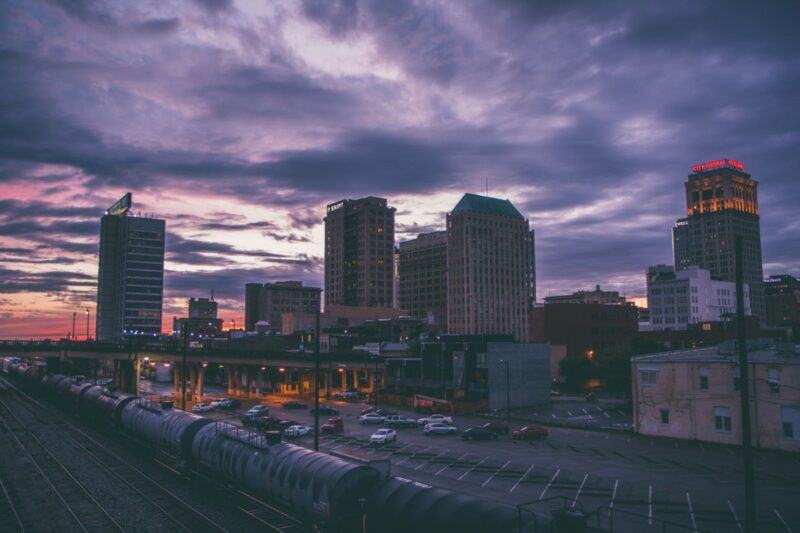Picture a city flourishing in the midst of an industrial revolution, thriving with innovation, and fueled by a dream to become a prominent economic powerhouse. This is the story of Birmingham, Alabama, aptly nicknamed the “Magic City.” A moniker inspired by its rapid growth and sheer determination, the city has more than lived up to its enchanting name. In this article, we’ll delve into the fascinating history, vibrant culture, and remarkable achievements that have led to Birmingham’s magical reputation.
The Birth of A City
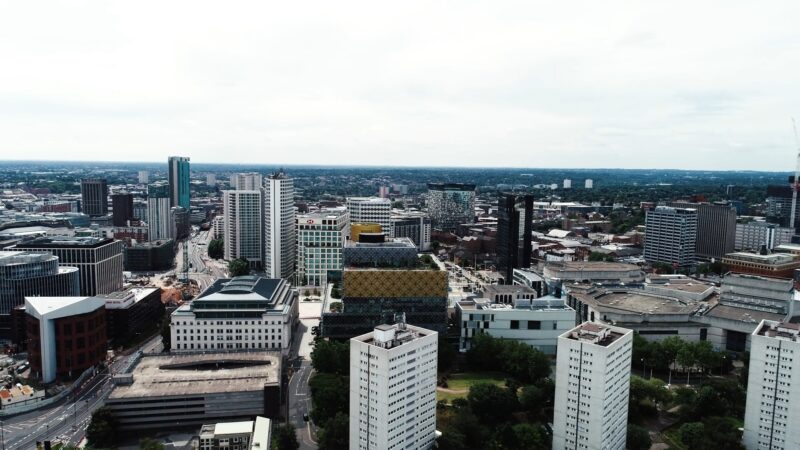
In the late 19th century, Alabama was primarily an agricultural state with a few scattered, small-scale iron and steel industries. The Civil War had taken a toll on the region, but the Reconstruction Era brought about hope and renewed economic growth. In 1871, the Elyton Land Company formed Birmingham at the intersection of two major railroads, the Alabama & Chattanooga and the South & North. These railroads played a significant role in the city’s future development, enabling it to transport goods and materials efficiently.
Named after Birmingham, England, the city was envisioned as a significant industrial center. Its founders believed that its unique combination of iron ore, coal, and limestone—essential ingredients for producing iron and steel—would help propel the city to prominence. They were right.
The Magic Begins
Birmingham’s rapid growth earned it the nickname “Magic City.” By the 1880s, just a decade after its founding, the city was experiencing an unprecedented boom. Its population swelled, attracting workers and entrepreneurs seeking opportunities in the burgeoning iron and steel industries. The cityscape was transformed with the construction of new buildings, roads, and infrastructure, showcasing the ambition and resourcefulness of its residents.
This meteoric rise was largely due to the city’s industrial prowess. Birmingham was the only place in the world where all three raw materials for iron and steel production were found in close proximity, making it an ideal location for large-scale operations. The city quickly became a hub for iron and steel production in the South, earning another nickname, “Pittsburgh of the South.”
Struggles and Resilience
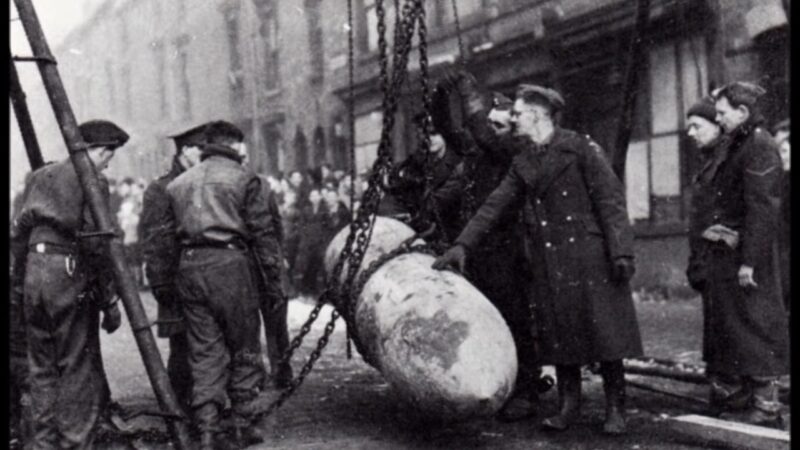
While the city’s industrial success propelled it to the forefront of the nation’s economy, it also faced a myriad of challenges. The city’s rapid expansion led to inadequate infrastructure and housing, while racial tensions and social inequality were rampant. The Great Depression hit Birmingham hard, and many steel mills and iron furnaces closed their doors.
However, the indomitable spirit of the city’s residents persevered. During World War II, the city experienced a resurgence in steel production, supplying the military with essential materials. The post-war period saw the rise of the Civil Rights Movement, with Birmingham playing a central role in the struggle for equality. Despite facing adversity, the city continued to grow, diversify, and adapt.
A Magical Transformation
Over the past few decades, Birmingham has undergone a magical transformation. The city has diversified its economy, focusing on sectors such as healthcare, finance, and technology. Birmingham’s vibrant cultural scene has flourished with the growth of local art, music, and food scenes.
The revitalization of downtown has been a key component of the city’s renaissance. The city has invested in creating walkable green spaces, repurposing historic buildings, and supporting local businesses. Initiatives like the Birmingham Civil Rights District and Railroad Park have transformed the city into an alluring destination for both tourists and locals alike.
The Legacy Lives On
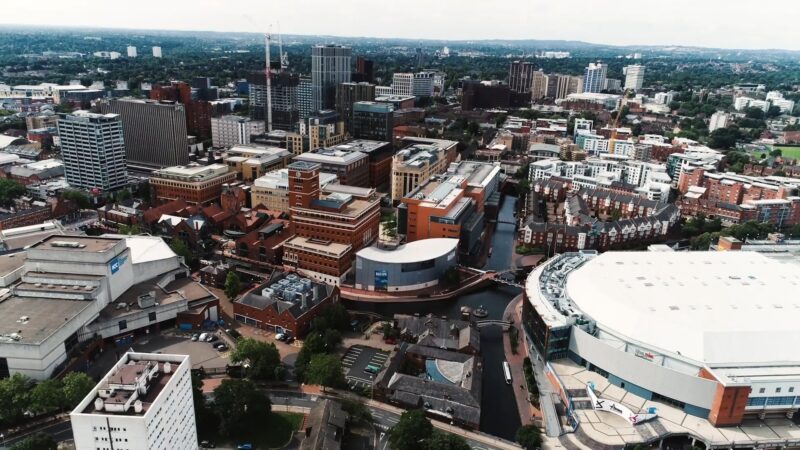
Today, Birmingham is a thriving, modern city that pays homage to its rich history while embracing innovation and progress. Its moniker, the “Magic City,” remains a testament to its remarkable journey and the resolute spirit of its residents. A city that rose from the ashes of the Civil War and faced numerous challenges, Birmingham has consistently demonstrated its ability to adapt and evolve.
Uncovering the Magic
To truly understand why Birmingham is called the Magic City, one must explore its many enchanting facets. From the inspiring story of Vulcan, the world’s largest cast-iron statue, to the historic Sloss Furnaces, which produced iron for nearly 90 years, Birmingham’s industrial past offers a fascinating glimpse into the city’s origins.
The Birmingham Civil Rights Institute, the 16th Street Baptist Church, and Kelly Ingram Park serve as powerful reminders of the city’s role in the struggle for racial equality. These sites provide valuable context for understanding the city’s complex past and ongoing journey towards social justice.
Birmingham’s culinary scene is another magical element of the city. From traditional Southern comfort food to contemporary fusion cuisine, Birmingham has become a food lover’s paradise. The city’s food scene is a melting pot of cultures, showcasing the diverse influences that make up its unique identity.
The city’s arts and culture scene is equally captivating. The Birmingham Museum of Art, home to an impressive collection of global art spanning centuries, is a testament to the city’s appreciation for creativity and expression. Music lovers can experience the city’s rich musical history and talent at live music venues, festivals, and the Alabama Jazz Hall of Fame.
The Magic Continues
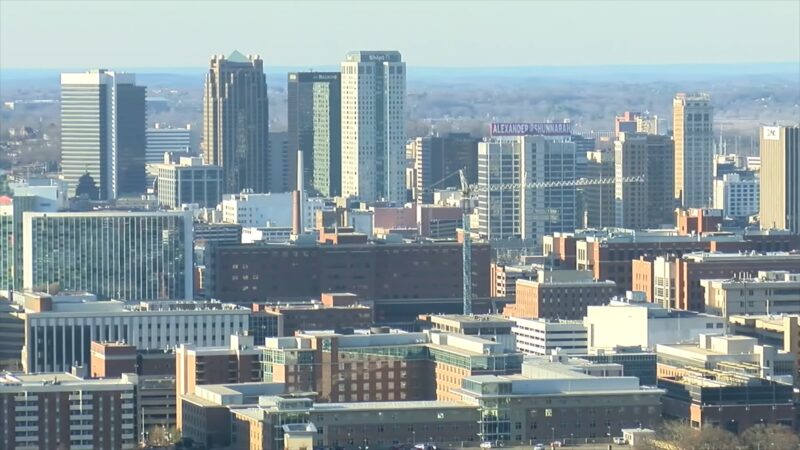
As the Magic City continues to grow and evolve, it maintains its commitment to honoring its past while embracing the future. Birmingham’s ongoing revitalization efforts demonstrate the resilience and determination of its residents. From hosting the World Games in 2022 to ongoing investments in education, technology, and entrepreneurship, Birmingham continues to forge a bright and promising future.
The Magic in Education and Research
Birmingham’s investment in education and research has contributed significantly to its magical reputation. The city is home to several institutions of higher learning, including the University of Alabama at Birmingham (UAB). UAB has evolved into one of the nation’s leading research universities, with a strong focus on health sciences, engineering, and technology. The UAB Health System, one of the largest academic medical centers in the United States, is a powerhouse in medical research and innovation.
Birmingham-Southern College, a private liberal arts institution, and Samford University, a nationally ranked private research university, further enrich the city’s academic landscape. These institutions not only provide quality education but also contribute to Birmingham’s cultural vitality and economic development through various partnerships and initiatives.
Sustainability and Green Spaces
In recent years, Birmingham has made a concerted effort to incorporate sustainability and green initiatives into its growth and development plans. Red Mountain Park, a 1,500-acre urban park, offers a sprawling expanse of green space, trails, and recreational activities. It serves as a model for land reclamation and environmental conservation, transforming a former mining site into a thriving outdoor oasis.
The Rotary Trail, a four-block linear park that runs through the heart of the city, showcases Birmingham’s dedication to creating pedestrian-friendly spaces and fostering urban revitalization. The city has also made strides in promoting environmentally friendly practices through recycling programs, green building initiatives, and support for clean energy development.
The Magic of Sports and Recreation
Birmingham’s love for sports and recreation further contributes to its magical allure. The city is home to the Birmingham Barons, a minor league baseball team, and Legion Field, a historic stadium that has hosted college football, professional soccer, and concerts. In recent years, the city has also embraced professional soccer with the Birmingham Legion FC, which competes in the United Soccer League.
The annual Magic City Classic, a longstanding football rivalry between Alabama State University and Alabama A&M University, is another beloved tradition that brings the city together in a spirited celebration of sports and camaraderie. Outdoor enthusiasts will find magic in the city’s extensive network of hiking and biking trails, numerous parks, and nearby natural attractions, such as Oak Mountain State Park and Ruffner Mountain Nature Preserve.
A City of Festivals and Celebrations
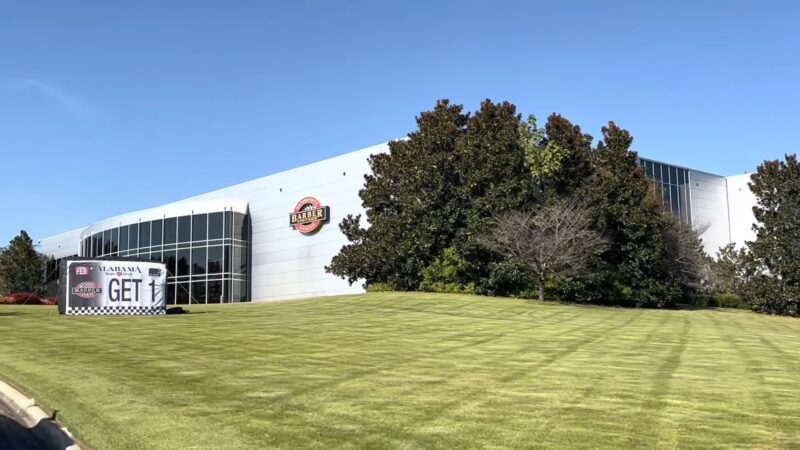
Birmingham’s vibrant calendar of festivals and events adds to its magical charm. The Sidewalk Film Festival, an annual event showcasing independent films from around the world, celebrates the city’s passion for cinema and artistic expression. The Magic City Art Connection, a three-day art festival held in Linn Park, highlights the works of local and regional artists while promoting community engagement and creative growth.
Other annual events, such as Sloss Music & Arts Festival, Birmingham Restaurant Week, and the Barber Vintage Festival, offer diverse opportunities for residents and visitors to engage with the city’s culture, heritage, and vibrant spirit. These celebrations help to foster a sense of community and pride in the Magic City.
Final Words
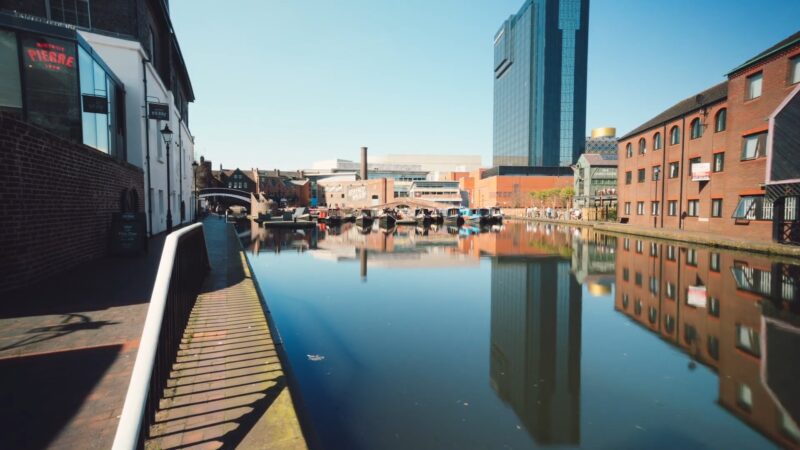
The story of Birmingham is one of resilience, transformation, and enchantment. From its rapid rise as an industrial powerhouse to its evolution into a modern, diverse city, Birmingham has consistently defied expectations. Its ability to reinvent itself, coupled with the unwavering spirit of its residents, is what truly makes it the Magic City.
Whether you are exploring the city’s rich history, indulging in its culinary delights, or immersing yourself in its vibrant arts and culture scene, Birmingham offers a magical experience for all who visit. As the Magic City continues to evolve, it remains a shining example of the power of perseverance, innovation, and the human spirit.
